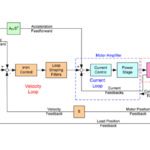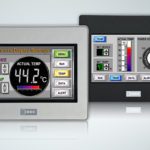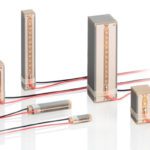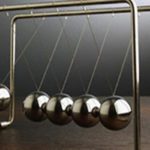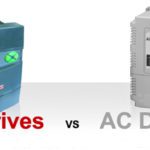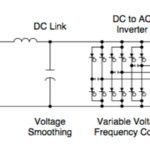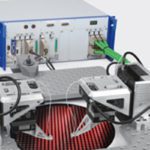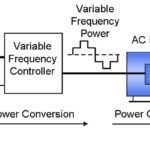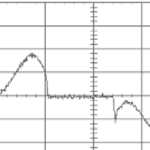What is PIV servo control? It typically involves two components: feedforward control, which adds auxiliary velocity and (in some cases) acceleration signals to the servo loop in order to improve command tracking, and either PID or PIV control, which works to maximize the system’s disturbance rejection. The distinction between PID and PIV control is that […]
IDEC adopts leading-edge consumer technology for industrial use
IDEC Corporation announces the 4.3 inch HG1G HMI, one of industry’s first display products to take full advantage of the worldwide standard 4.3 inch LCD screen size. Because this screen size is so widely used in consumer gaming devices and other commercial products, it effectively obsoletes HMIs with smaller screen sizes by offering a larger […]
FAQ: What are low voltage piezo actuators, and where are they used?
When voltage is applied to a piezo ceramic material, the material experiences a displacement (expansion or contraction) per the inverse piezoelectric effect. The amount of displacement that results from the applied voltage depends on thickness of material. Thus, for a given displacement, a thinner material requires a smaller voltage than a thicker material. Low voltage […]
FAQ: How do I calculate the inertia of a servo-driven system?
Inertia, or more specifically, inertia ratio, is one of the most important factors in sizing a servo system. Inertia is defined an object’s resistance to change in velocity, and in servo-driven systems, it can be used as a measure of how well the motor is able to control the acceleration and deceleration of the load. […]
FAQ: When to use a DC drive vs an AC flux-vector drive
DC drives are known for their ability to provide tight speed control and full torque at any speed, whereas traditional AC drives had a more narrow speed range and limited torque control. But newer AC drives using vector control, also known as field oriented control (FOC), have performance similar to DC motor and drive systems. Through […]
FAQ: What are current source inverters and voltage source inverters?
As we’ve discussed before, the main components of a variable frequency drive (VFD) are a rectifier (also referred to as a converter), which converts AC voltage to DC voltage, a DC bus (also referred to as a DC link), which filters and stores the DC power, and an inverter, which converts the DC power back to […]
Alignment engine from PI is R&D 100 Award finalist
A solution is now available for fast, parallel, nanoscale-accurate, multi-degree-of-freedom global optical alignment optimization required in key SiP production steps from planar test to packaging. The FMPA Fast Multichannel Photonics Alignment Engine is an advanced alignment system based on a highly specialized digital motion controller with embedded advanced alignment and tracking functionality and a hybrid […]
FAQ: How does EU Regulation 428/2009 apply to AC drives?
AC drives capable of operating at frequencies of 600 Hz or greater are generally referred to as “high-frequency” drives. These drives are considered by the U.S. and the EU to be dual-use devices, meaning that although they are commonly used in civilian applications, such as industrial equipment, they can also be used in military applications or […]
What are VFD reflected waves and why are they harmful?
Reflected waves, also known as transmission line effects or standing waves, are over-voltages that can damage the motor and cable. The use of IGBTs (insulated gate bipolar transistors) in variable frequency drives has helped to improve VFD performance in several ways. First, their quick switching time (also referred to as rise time, or dV/dt) means […]
FAQ: What is a VFD line reactor?
Many of the components that make up a variable frequency drive (VFD) are semiconductor components, which are sensitive to power or current surges, voltage spikes, line distortion, and general power anomalies. A line reactor is an optional component that can be added to a drive system to protect the VFD and other devices from power […]

